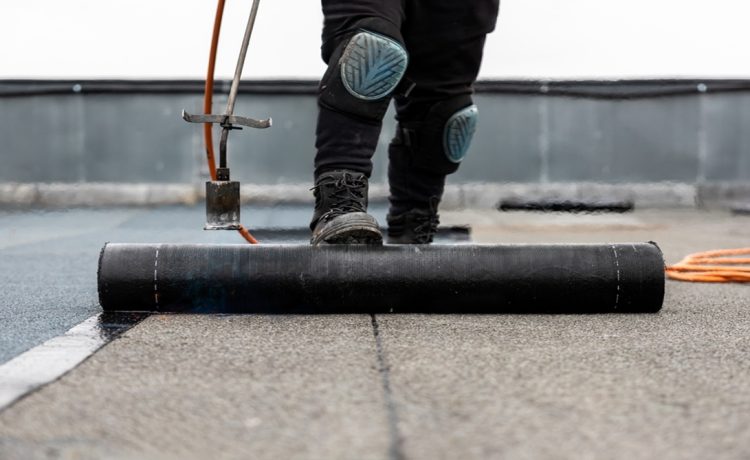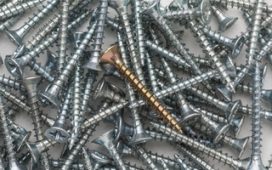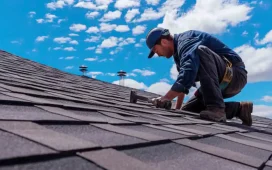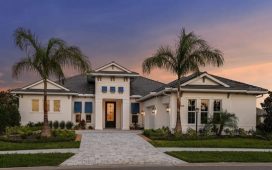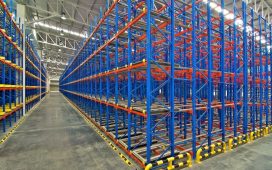The necessity for professional waterproofing for roofs has intensified in Singapore as climate patterns shift toward more extreme precipitation events, creating an urgent infrastructure challenge largely invisible to the public eye. While citizens notice the gleaming facades of the city-state’s architectural achievements, few recognize the sophisticated membrane systems above that defend these structures against the relentless tropical moisture that threatens to compromise their integrity.
The Historical Context of Failure
Singapore’s relationship with roof waterproofing is marked by distinct phases that mirror its economic development. Early post-independence construction prioritised rapid development over longevity, creating a first generation of buildings with systemic vulnerabilities. The evidence remains visible in the older housing estates, where water staining on top-floor ceilings serves as a persistent reminder of this historical oversight.
“The 1970s and early 1980s buildings used waterproofing methods that were simply inadequate for our climate,” explains Dr. Tan Wei Ming, a structural engineer who has documented deterioration patterns across Singapore’s public housing. “We’ve been paying for these decisions for decades, with each monsoon season revealing weaknesses that require increasingly complex interventions.”
This historical context helps explain why Singapore now invests so heavily in advanced waterproofing technologies—a reaction to lessons painfully learned through generations of building performance failures.
The Technical Landscape
Contemporary waterproofing approaches in Singapore have evolved into a sophisticated technical domain encompassing multiple methodologies:
- Cementitious waterproofing systems that integrate with concrete structures
- Polyurethane liquid membrane applications that create seamless barriers
- Bituminous sheet membranes engineered for extreme UV exposure
- Crystalline waterproofing that penetrates concrete to form water-blocking crystals
- EPDM single-ply rubber membranes for flat roof applications
“The technical complexity has increased dramatically,” notes veteran contractor Lim Hock Seng. “Twenty years ago, we worked with perhaps two primary systems. Today, we select from dozens of specialized solutions, each engineered for specific environmental conditions, structural designs, and performance requirements.”
This proliferation of methods reflects both technological advancement and the increasingly specialized demands of Singapore’s architectural diversity.
The Climate Imperative
Singapore’s position just one degree north of the equator creates waterproofing challenges that differ fundamentally from temperate regions.
The combination of intense solar radiation, extreme humidity, and monsoon rainfall patterns creates a triple threat to roofing systems:
- Ultraviolet degradation that accelerates material breakdown
- Thermal expansion and contraction from daily temperature fluctuations of up to 20°C
- Rainfall intensity that can exceed 100mm per hour during monsoon events
- Microbiological growth accelerated by consistent high humidity
- Wind-driven rain that can penetrate vertical surfaces and roof edges
“What makes Singapore particularly challenging is not just the total rainfall but its intensity,” explains meteorologist Dr. Sarah Chen. “A properly waterproofed roof must withstand not just water volume but the kinetic energy of tropical downpours, which exert pressure that finds any potential vulnerability.”
Climate projections suggest these challenges will only intensify, with models predicting increased rainfall intensity even as total annual precipitation remains relatively stable.
The Economic Equation
The economics of roof waterproofing presents a stark calculus that many property owners fail to fully appreciate until faced with failure consequences:
- Professional waterproofing typically represents just 2-3% of total construction costs
- Water damage from roof failures can easily consume 15-25% of a building’s value
- Proper waterproofing systems generally require replacement every 10-15 years
- Delaying necessary reapplication typically increases costs by 3-4 times
- Energy efficiency losses from water-compromised insulation add hidden operational costs
“The return on investment for quality waterproofing is perhaps the highest of any building system,” asserts property manager Josephine Teo. “Yet ironically, it’s often the first item targeted for cost savings during construction or maintenance budgeting.”
This economic shortsightedness has created a troubling pattern where buildings deteriorate prematurely, requiring major interventions that could have been avoided through appropriate preventative investment.
The Regulatory Framework
Singapore’s Building and Construction Authority has progressively strengthened waterproofing requirements through successive code revisions, reflecting governmental recognition of the issue’s importance:
- Mandatory performance testing for all new installations
- Required documentation of waterproofing methodologies in building plans
- Specified minimum warranty periods based on application type
- Certification requirements for waterproofing specialists
- Inspection protocols for completed waterproofing prior to subsequent construction phases
These regulatory mechanisms aim to address the historical pattern of inadequate attention to waterproofing integrity, though enforcement challenges remain, particularly in the renovation of existing structures.
The Implementation Gap
Despite technical advancements and regulatory frameworks, a significant implementation gap persists in Singapore’s waterproofing landscape. This gap manifests most visibly in the mid-tier property market, where buildings are neither premium enough to command luxury waterproofing treatments nor regulated public housing built to standardized specifications.
“The knowledge exists, the materials exist, but the willingness to allocate sufficient resources often doesn’t,” observes consultant engineer Rahmat bin Ibrahim. “We see the same failure patterns repeating across generations of buildings, not because we don’t know better, but because short-term economic calculations continue to override long-term performance considerations.”
Addressing this implementation gap represents perhaps the central challenge for improving Singapore’s built environment resilience in coming decades, requiring shifts in both technical education and economic decision-making related to waterproofing for roofs.

